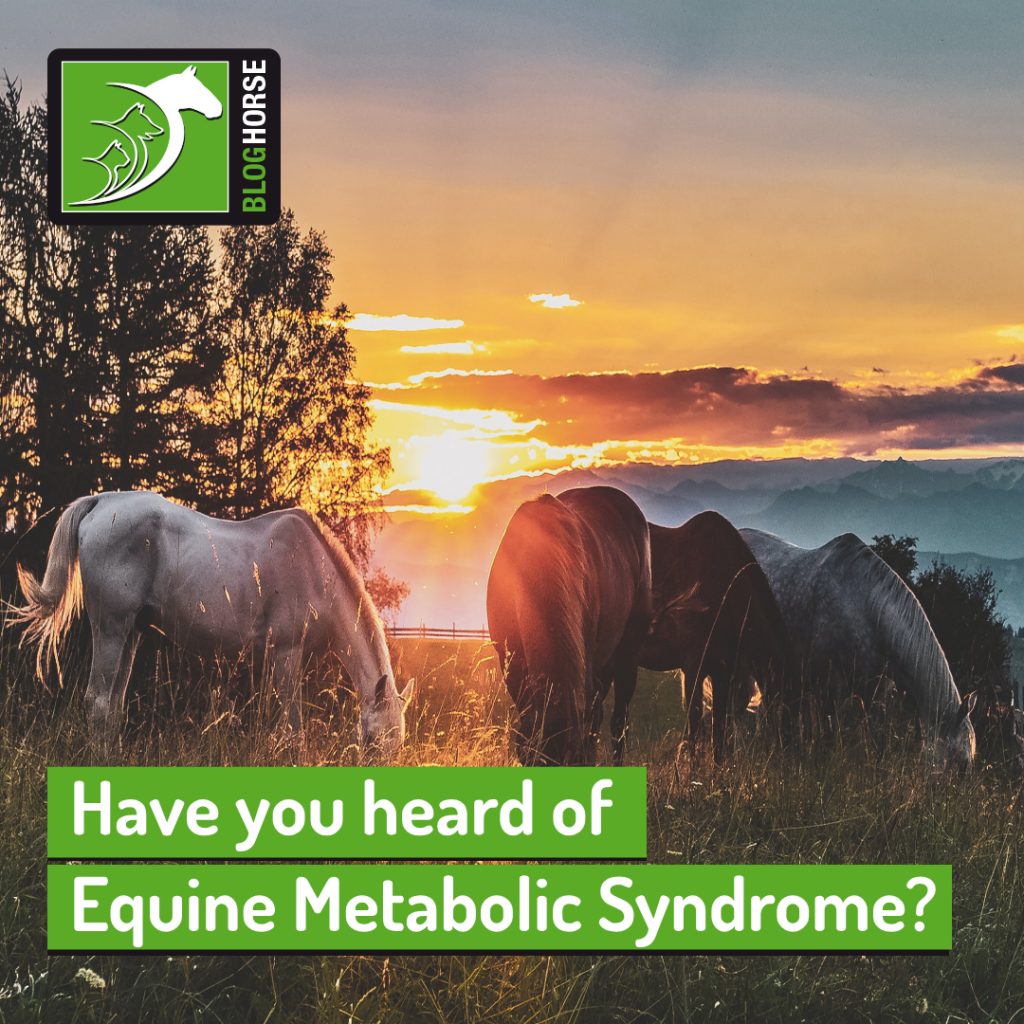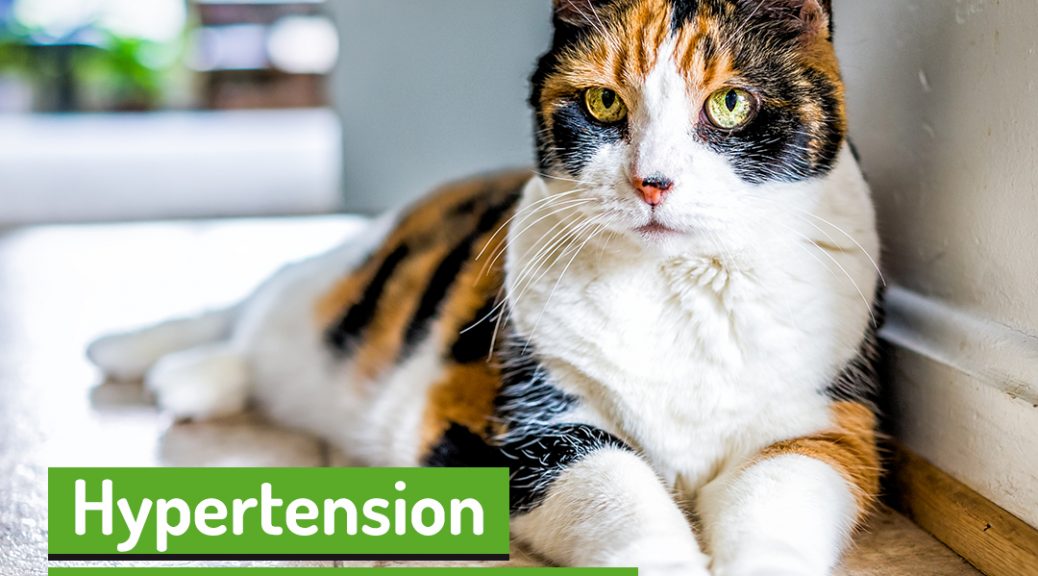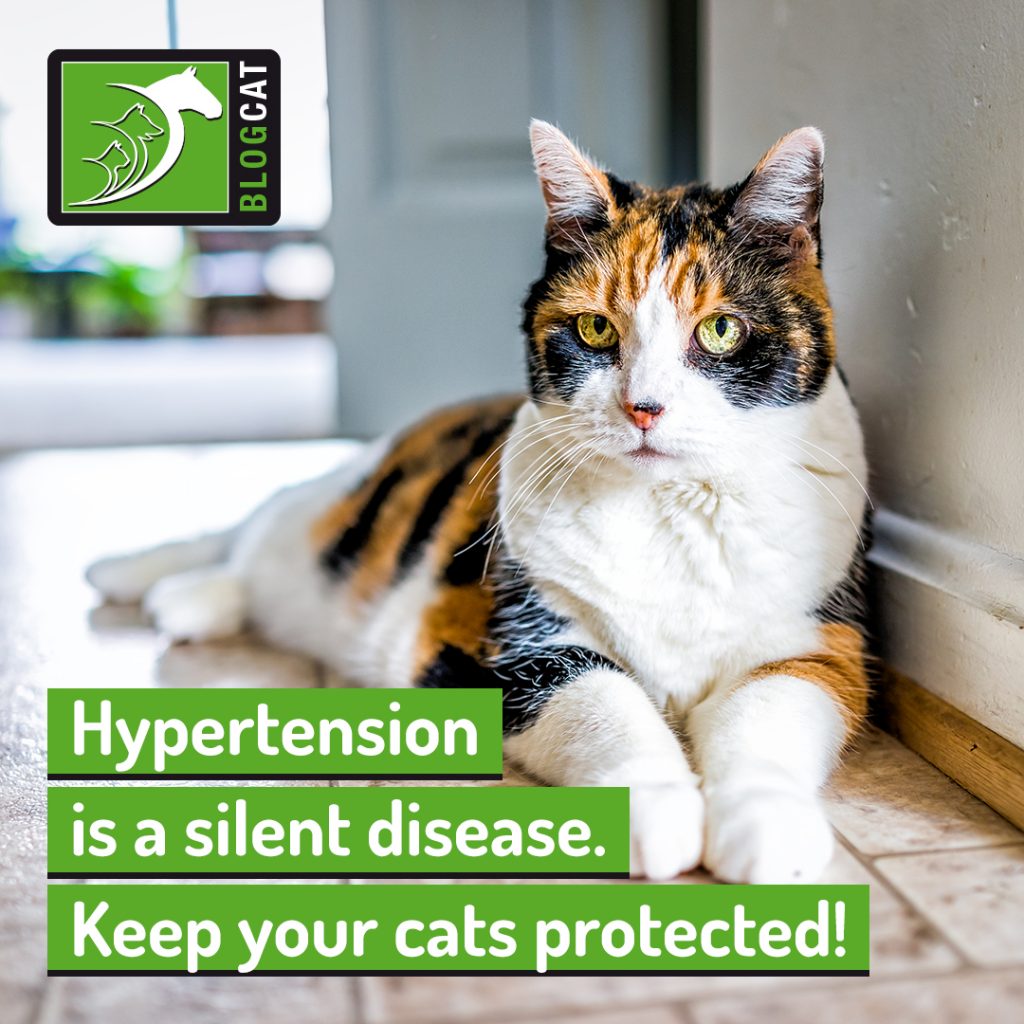If you have a horse with the tendency to gain weight easily, especially around the neck, then he or she might have Equine Metabolic Syndrome (EMS)!
This syndrome is caused by insulin dysregulation, and it affects your horse’s ability to use blood sugar adequately, especially when he or she has access to feed or pastures that are high in carbohydrates.
Unfortunately, Equine Metabolic Syndrome can put your horse at significant risk of laminitis and it might interfere with fertility if not managed adequately in predisposed animals.
Keep reading to learn more about how to spot this problem in your herd and how to prevent it.
What is Equine Metabolic Syndrome?
While no known cause has been found for Equine Metabolic Syndrome, researchers believe it might have been an adaptation of certain horse populations to scarce food supplies. This genetic disposition is great for times when there isn’t much food, as it allows animals to use calories more efficiently, but it becomes a problem in the modern world of abundant feed and lush pastures.
The main feature of this syndrome is a problem in regulating insulin, a hormone that controls, among other things, the concentration of blood sugar. When these horses ingest feed high in carbohydrates, they produce an excessive amount of insulin, which can cause several problems, such as laminitis, obesity and infertility.
You might spot these signs:
- Obesity;
- Episodes of laminitis;
- Fat deposition in specific places such as the back of the neck or rump;
- Less appetite, which can lead to liver damage and metabolic issues;
- Lethargy;
- Increased thirst and urination;
- Reproductive difficulties in mares.
Even though excessive weight and ease of weight gain are characteristic of EMS, many thin horses also suffer from this disorder. However, they might still have characteristic fat deposits on the neck and near the tail.
Can this cause severe laminitis?
When you suspect something might be wrong, it’s important to speak to your veterinarian as soon as possible.
Laminitis is one of the most severe consequences of untreated EMS, and it can lead to continuous episodes of worsening hoof health. This, as many owners know, can lead to irreversible loss of mobility and, eventually, untenable quality of life.
Treating and preventing episodes of EMS can be challenging, especially in horses that have had several episodes of acute laminitis and have difficulty exercising, but the sooner you can start this, the better.
How can I prevent Equine Metabolic Syndrome?
Horses that are predisposed to insulin dysregulation need to be carefully managed with the proper diet and exercise regimen. Your vet or nutritionist will help you to analyse your feed and will advise limiting pasture access, especially during spring and summer.
Weight loss is encouraged but speak to your vet in order to figure out the best way to do this, as sudden severe restrictions and significant increases in exercise can cause more problems than they solve.
It’s vital for horses suffering from metabolic issues to have adequate supportive therapy whilst they recover.
Preventing EMS can be challenging, which is why it’s essential to talk to your vet about whatever difficulties you might be experiencing in order to find out the best way to keep your horses healthy.
Would you like to know more about horses? Check our Equine Courses:
Equine courses



